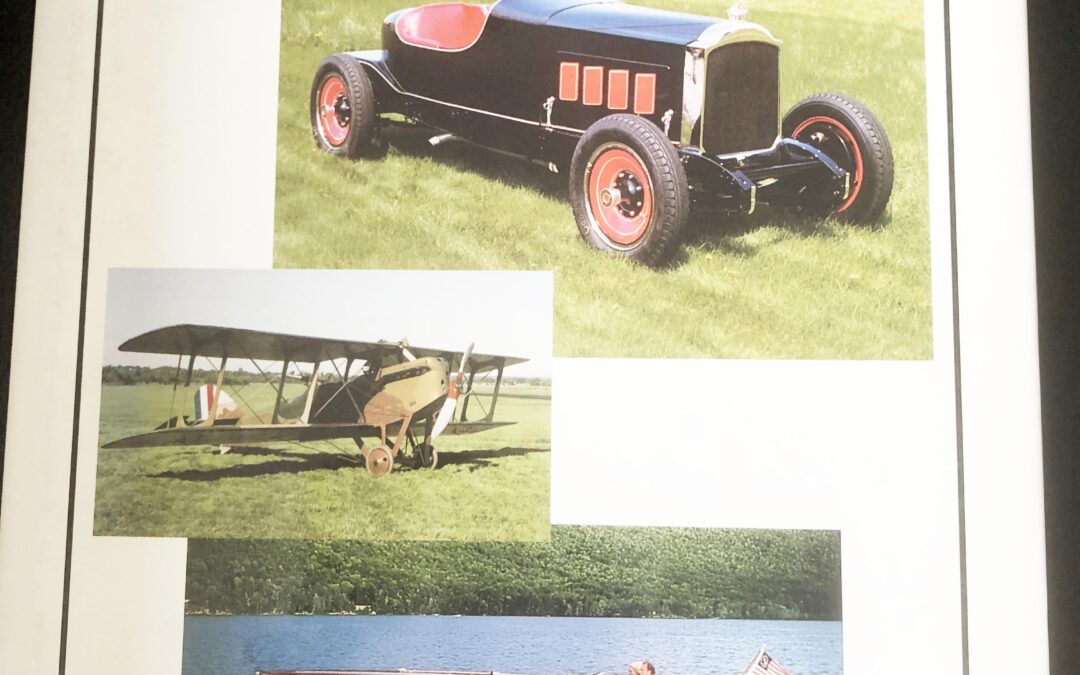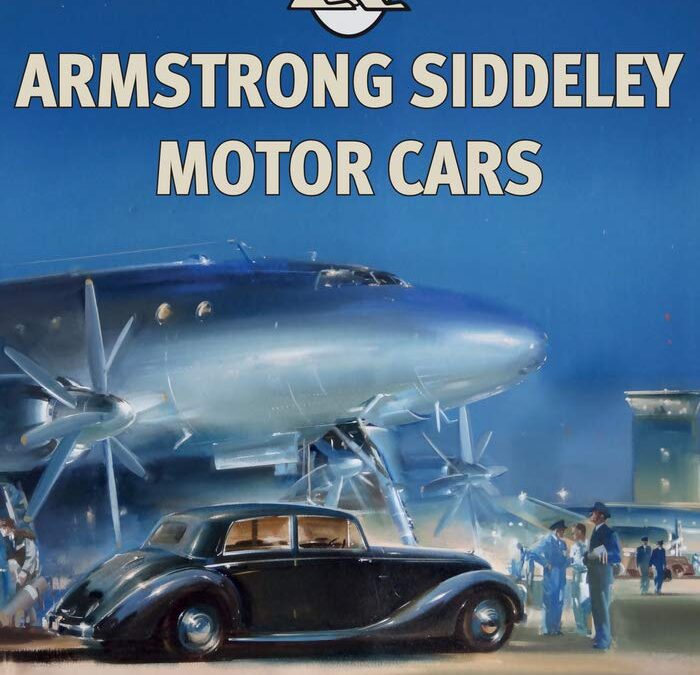
Bill Smith

The story of a boy with a big four-wheel dream
There are men who fall in love with a dream when they are young and do everything they can to make it come true. Romano Artioli is an entrepreneur pursuing his desire to revive the world’s most prestigious automobile brand, Bugatti. With passion and dedication, he achieves this goal. Born in Mantua, birthplace of Nuvolari, the most famous race car driver of all time, Romano opens his first auto service centre in Bolzano at the age of eighteen, buys a hydraulic test bench and begins overhauling engines, immediately demonstrating great skill.
And he founds dealerships, imports cars and becomes president of the local automobile club. He understands the importance of going all out to meet the demands of his customers, who become his friends and help him sell cars.
He convinces Enzo Ferrari to entrust him with management of the brand not only in the Triveneto, but in southern Germany as well.
After amassing experience for years travelling the world, it’s time for him to make his boyhood dream come true: he charms the French government and arranges for the sale of the Bugatti brand.
Then, having been abruptly prevented from selecting a powerful partner among the many who were interested in developing Bugatti and ensuring its future as an independent brand, he acquires the crisis-ridden Lotus Group and rapidly restores it to its former grandeur.
There, he introduces new models with great success, such as the special Lotus Elise, named after Romano’s young granddaughter.
Exploiting the unique untapped potential of his technicians, who work with passion and total commitment. In the mid-nineties, the Bugatti EB 112 is named “the world’s most beautiful sedan”.
But as in a classic thriller, just when everything seems to have turned out right comes the sneaky and unexpected twist that changes everything. With endless twists and turns and a long line of bankers’ traps, lawyers’ scams and ravenous businessmen, Bugatti & Lotus Thriller tells the story of a great dream of genius and creativity that stirs passion in every petrolhead the world over.

Picturing Apollo 11 is an unprecedented photographic history of the space mission that defined an era. Through a wealth of unpublicized and recently discovered images, this book presents new and rarely-seen views of the people, places, and events involved in the pioneering first moon landing of July 20, 1969.
No other book has showcased as many never-before-seen photos connected with Apollo 11, or as many photos covering the activities from months before to years after the mission. Starting with the extensive preparations, these images show astronauts Neil Armstrong, Michael Collins, and Buzz Aldrin training for the flight, as well as the stages of the massive Saturn V rocket arriving at the Kennedy Space Center for assembly. They capture the media frenzy over the unfolding story and the “moon fever” that gripped the nation.
Also featured here are shots of incredible moments from the mission. In these images, spectators flock to Cape Canaveral to watch the mighty Saturn V launch in a cloud of fire and thunder. Armstrong and Aldrin step out of the lunar module Eagle onto the surface of the moon. The command module Columbia splashes down in the Pacific Ocean, and the extraordinary voyage is celebrated around the world, and in the following decades.
Most of the photographs were selected from NASA archives and the collection of J. L. Pickering, which is the world’s largest private collection of U.S. human space flight images. The accompanying text by veteran space correspondent John Bisney details the scenes, revealing the astonishing scale and scope of activities that went into planning and executing the first moon landing. This book commemorates the historic mission and evokes the electric atmosphere of the time.
Foreword by Rick Armstrong

The world will always remember Neil Armstrong and Buzz Aldrin for their first steps on the moon, yet few today hold in respect the sites that made these and other astronauts’ journeys possible. Across the American landscape and on the lunar surface, many facilities and landing sites linked to the Apollo program remain unprotected. Some have already crumbled to ruins–silent and abandoned. The Final Mission explores these key locations, reframes the footprints and items left on the moon as cultural resources, and calls for the urgent preservation of this space heritage.
Beginning with the initiation of the space race, the authors trace the history of research, training, and manufacturing centers that contributed to lunar exploration. From the early rocket test stands of Robert H. Goddard, to astronaut instruction at Meteor Crater, to human and primate experiments at Holloman Air Force Base, innumerable places proved critical to developing the equipment for exploring space, surviving the journey, and returning to Earth safely. Despite their significance to the history of human spaceflight, many landmarks face the threat of damage or destruction. Most alarming is that the rapid advancement of technology renders stations obsolete long before they are deemed worthy of preservation. Moreover, the lack of precedence for protecting off-planet artifacts poses a unique challenge for space archaeology. While NASA’s 2011 recommendations for spacefarers suggest avoiding close proximity to this cultural landscape, the authors advocate stronger routes of preservation and present models for safeguarding space history–both on Earth’s surface and beyond.

During the first half of the 1970s, two new fighter aircraft entered operational service in the United States: The Navy’s Grumman F-14 Tomcat and the Air Force’s McDonnell Douglas F-15 Eagle. These two aircraft were part of the backbone of the tactical air power of the United States; their introduction was accompanied by comprehensive reforms in pilot training as well as new technologies and weapon systems. In addition to the tactical significance of the two aircraft as innovative fighting platforms, however, their development and deployment should be viewed within a broad geopolitical and geostrategic context. Tovy explains how the F-14 Tomcat and the F-15 Eagle were an integral part of the aerial component of the conventional arms race within the Cold War. He argues that the trend of Soviet advanced weapon systems development created a perception of threat to the United States, challenging its conventional military power. Tomcats and Eagles explores how the Vietnam War accelerated the need for advanced fighter-interceptors, and that the lessons learned from aerial combat in Vietnam had a significant impact on the design and operational characteristics of the F-15. The author reveals that after F-14s were sold to Iran and F-15s to Israel in the second half of the 1970s, these jets were integrated into their armed forces, leading to Israel’s use of the F-15 during the First Lebanese War. Finally, the author provides an in-depth look at the operation of the F-14 and F-15 in U.S. actions in Southeast Asia, beginning with the Tanker Wars in the mid-1980s, through Operation Desert Storm and Operation Enduring Freedom, and ending with Operation Iraqi Freedom.
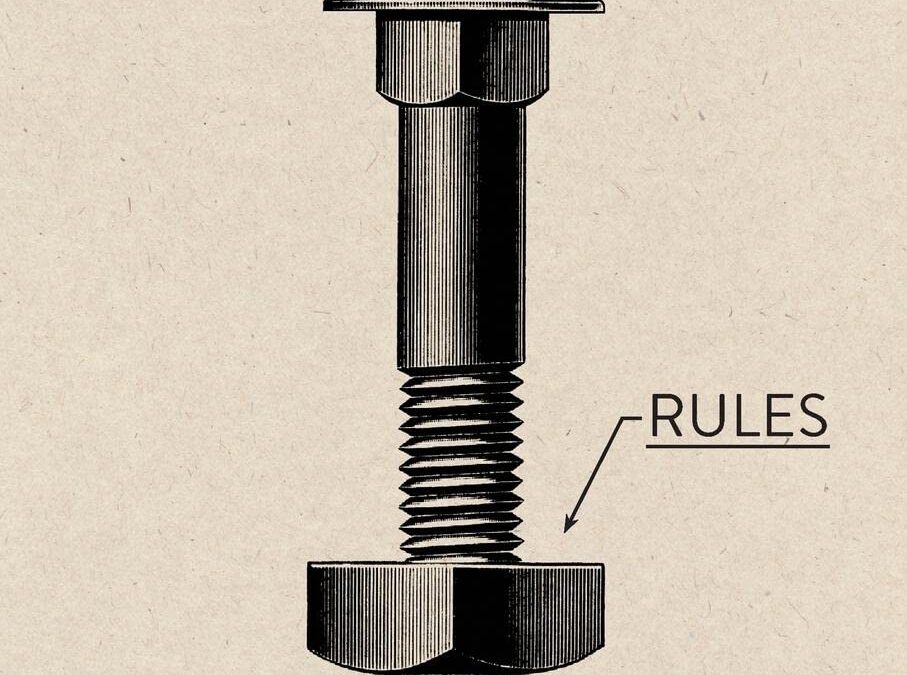
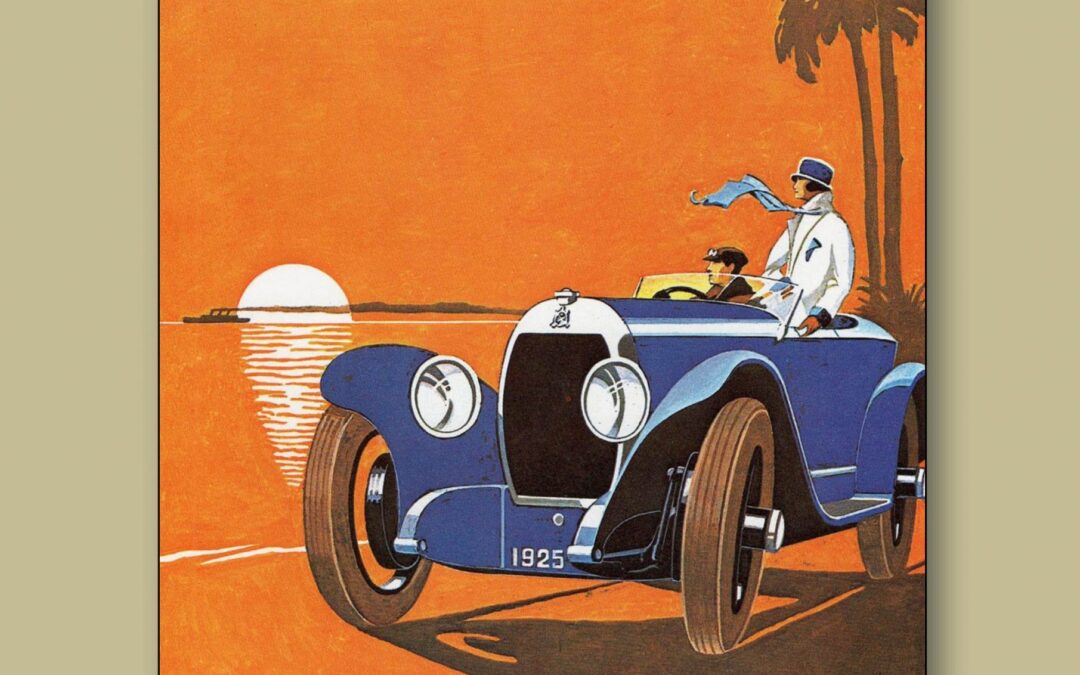
This book was inspired by an artist, Alex Kow, who worked for the Panhard & Levassor company from 1922 until the early 1960s, creating publicity posters, sales brochures and a whole range of artwork advertising the company’s cars.
Alex Kow also worked for another French car manufacturer: Hotchkiss. His art-déco style perfectly encapsulated the aspirations of a solidly middle-class car-maker whose origins stretched back to 1867, when the Hotchkiss company in France was founded as an arms manufacturer by an American, Benjamin Hotchkiss, requested to do so by Emperor Napoleon III. How Hotchkiss came to establish a French industrial empire is the story told in this book.
The Hotchkiss car-manufacturing business started in 1903, when orders for arms were in decline and other French car manufacturers were aware of Hotchkiss’s skills at fine-tolerance machining, sub-contracting machining crankshafts and honing cylinders to Hotchkiss. Hotchkiss soon realised it could make an entire car itself and did so.
The final vehicle built as a Hotchkiss was made in 1954, when a merger between Hotchkiss and Delahaye – both ailing car-makers – was agreed. Truck production at Hotchkiss continued until 1971, while making Jeeps under a Willys license for the French army and Ferguson tractors for farmers proved to be far more profitable than making cars.
Hotchkiss continued to make arms and military vehicles until 1971, whan a takeover by Thomson-Houston and subsequent nationalisation brought about the final disappearance of the renowned Hothkiss name.


“The authoritative masterpiece” (L. A. Times) on the Apollo space program and NASA’s journey to the moon
This acclaimed portrait of heroism and ingenuity captures a watershed moment in human history. The astronauts themselves have called it the definitive account of their missions. On the night of July 20, 1969, our world changed forever when Neil Armstrong and Buzz Aldrin walked on the moon. Based on in-depth interviews with twenty-three of the twenty-four moon voyagers, as well as those who struggled to get the program moving, A Man on the Moon conveys every aspect of the Apollo missions with breathtaking immediacy and stunning detail.
A Man on the Moon is also the basis for the acclaimed miniseries produced by Tom Hanks, From the Earth to the Moon, now airing and streaming again on HBO in celebration of the 50th anniversary of Apollo 11.
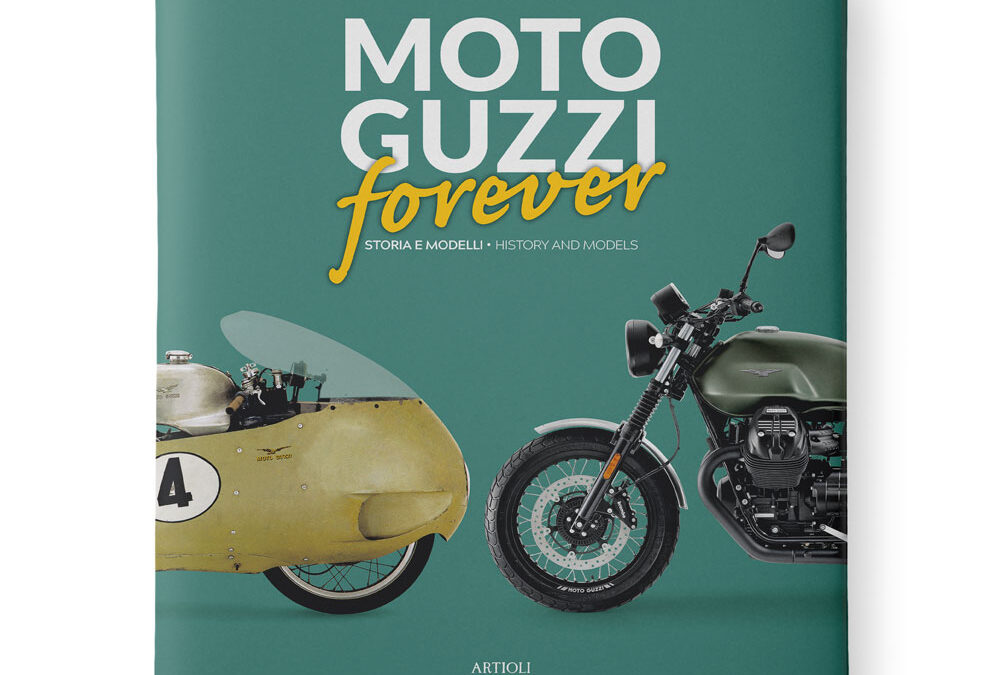
Perhaps only the most diehard fans, among the many Moto Guzzi enthusiasts, are aware of the technical affinity between the single-cylinder engine of the racing ‘250’ from the Mandello company and the V12 unit of the first Ferraris. It’s a surprising connection that is explained by the fact that the technician Gioachino Colombo was a keen admirer of the engine that Carlo Guzzi had designed for the racing bike, at the top in GPs with the names of ‘Albatros’ and ‘Gambalunghino’. In the years following the end of the war, Colombo designed the engine of the first Ferrari by considering the concepts of Mandello: overhead camshaft distribution, with rocker arms and needle valve springs, bore and stroke measurements, the same between their values or with minimal differences. Thus, the first V12 from Maranello to arrive at the fateful 3000 cc limit was a Guzzi multiplied by 12: the same bore and stroke (68×68 mm) and obviously identical unit displacement: 246.8 cc.
It is one of the many curious anecdotes contained in this book that accompanies the story of the events that have characterized the chronology of the brand (five important corporate changes, from the initial union between Carlo Guzzi and the Parodi family from Genoa, up to its entry into the Colaninno Group), to the description of all the models produced by the legendary of Mandello del Lario workshops, for road and racing.
A typically Italian phenomenon, deeply linked to the personality of the product, Moto Guzzi has never created banal bikes: on the contrary, it has continuously improved technique and style, without betraying its originality.
Faithful to the 90° V-twin engine, conceived for ‘fast touring’, Moto Guzzi has managed to demonstrate that even with that typical ‘road-going’ technical configuration, the company could also tackle racing. This is confirmed by the detailed account of the era of production-based motorcycle racing series of the 1970s and of the even more sensational victories in the ‘Battle of the Twins’ at Daytona, in the first decade of this century.

TV presenter and all-round car nut Ant Anstead takes the reader on a journey that mirrors the development of the motor car itself from a stuttering 20mph annoyance that scared everyone’s horses to 150mph pursuits with aerial support and sophisticated electronic tracking.
The British Police Force’s relationship with the car started by chasing after pioneer speeding motorists on bicycles. As speed restrictions eased in the early twentieth century and car ownership increased, the police embraced the car. Criminals were stealing cars to sell on or to use as getaway vehicles and the police needed to stay ahead, or at least only one step behind. The arms race for speed, which culminated in the police acquiring high-speed pursuit vehicles such as Subaru Impreza Turbos, had begun.
Since then the car has become essential to everyday life. Deep down everyone loves a police car. Countless enthusiasts collect models in different liveries and legendary police cars become part of the nation’s shared consciousness.
Ant Anstead spent the first six years of his working life as a cop. He was part of the armed response team, one of the force’s most elite units. In this fascinating new history of the British police car, Ant looks at the classic cars, from the Met’s Wolseleys to the Senator, the motorway patrol car officers loved most, via unusual and unexpected police vehicles such as the Arial Atom. It’s a must-read for car enthusiasts, social historians and anyone who loves a good car chase, Cops and Robbers is a rip-roaring celebration of the police car and the men and women who drive them.

The History, Technology and Design Behind the World’s Most Exciting Cars
Curious about supercars? Speed Read: Supercars will guide you through every aspect of these imagination-capturing, eye-widening, land-bound speed missiles.
When Lamborghini unleashed its Miura on an unsuspecting world in 1966, it set off a high-performance arms race that continues to this day. Ferrari, Maserati, Jaguar, Porsche, and Lotus all accepted the challenge. Over the following five decades, numerous others stepped up, including stalwarts like Aston Martin, BMW, and Audi, as well as small-volume specialists such as Koenigsegg, Pagani, Noble, and Spyker. The result is a veritable smorgasbord of blazingly fast and delicious-looking land missiles available to anyone with several hundred thousand dollars to spare.
Supercars are complex subjects that interest nearly all car enthusiasts. Every part of a supercar represents myriad decisions informed by engineering, aesthetics, human interface, and emotion. Speed Read: Supercars answers the hows and whys of these fantastic cars, offering an engaging review of history, engineering, design, key concepts, and key people.
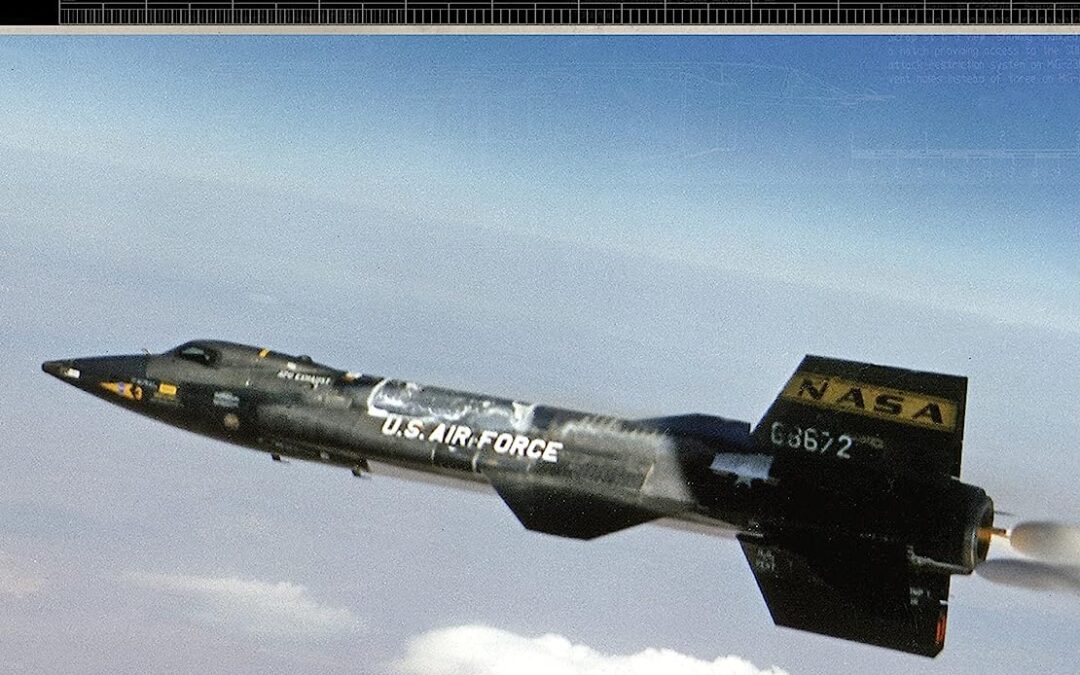
The revolutionary X-15 remains the fastest manned aircraft ever to fly. Built in in the two decades following World War II, it was the most successful of the high-speed X-planes. The only recently broken ‘sound barrier’ was smashed completely by the X-15, which could hit Mach 6.7 and soar to altitudes above 350,000ft, beyond the edge of space. Several pilots qualified as astronauts by flying above 50 miles altitude in the X-15, including Neil Armstrong, the first man on the Moon. The three X-15s made 199 flights, testing new technologies and techniques which greatly eased America’s entry into manned space travel, and made the Apollo missions and Space Shuttle viable propositions. With historical photographs and stunning digital artwork, this is the story of arguably the greatest of the X-Planes.

his DVD has almost 5 hours of highly detailed information! Takes you step-by-step through the entire valve train, including many different types of cams, lifters, springs, pushrods, various cast iron and aluminum heads and much, much more. You’ll be shown how to read a cam card and how to degree a cam. You’ll see what “lift”, “duration”, “overlap” and “lobe centers” mean and how they affect your engine. You’ll also learn about the different types of lifters, rocker arms, rocker studs, valve springs, retainers, locks, intake and exhaust runners. You’ll learn about installing larger valves, installing screw-in studs and guide plates, un-shrouding combustion chambers, gasket matching (heads & intake manifolds), bowl blending, what tools you’ll need and how to use them. Aluminum heads vs. cast iron heads, what you can and can’t run on the street, old wives tales and myths put to rest once and for all and MUCH, MUCH more!

“””I am no helmeted, begoggled hero of the skies; picture me bookish, bespectacled, unable to hold even a teacup without rattling it. As a pilot, I am merely an amateur, and I know it. . . . I shouldn’t be talking. But I can’t help talking. For you take the air: the thin, substanceless air that can be made to bear a man; you take America; and you take an airplane, which of all the works of man is the nearest to a living being—you take those things and mix them up, and they will act as a drug which will knock all proper reticence right out of you. And so, here I go talking . . .””—from America from the Air In 1927, Charles Lindbergh made his historic solo flight across the Atlantic; Amelia Earhart became the first woman to do so in 1932. And so was born the golden age of flying. Aviators became the era’s new heroes and the airplane its icon. In early 1930s Chicago, a German-born graduate student became fascinated by the airplane and its usefulness as a great geographic and sociological tool. Wolfgang Langewiesche sold his car and used his meager salary to pay for flying lessons at 25 cents a minute. With the same passion America had taken to the road a decade earlier, Langewiesche took to the air. He eagerly inhaled the landscape and breathed observations about the country, writing a series of books that describe the heady excitement and freedom of flight and the stunning views of his adopted country from an entirely new vantage point—the sky. This new edited volume revives the writings from two of his now out-of-print books. America from the Air draws from Langewiesche’s classic account of his early experiences as a pilot, I’ll Take the High Road (first published in 1939 and praised by the New York Times as “”a stirring and revealing story, told with sensitiveness and lucidity and with the warmth of a modest personal charm””), and selections from his 1951 memoir, A Flier’s World, to create a distinctive book that provides a pioneering look at the American landscape as seen from the cockpit of a light plane. Langewiesche’s photographs from his cross-country flights circa 1939 evoke the era. Wolfgang Langewiesche is revered among pilots for his 1944 flying primer, Stick and Rudder, currently in its seventieth printing. Considered the bible of aviation, it tells us the “”how”” of flying; America from the Air tells us the “”why.”” Here his descriptions of the country offer unique perspectives on New England, the Midwest, and the Atlantic Coast from Virginia to Key West, at a time before the country was paved over by multilane expressways, suburban tract housing, and strip malls. His bird’s-eye view of America takes in small farms, deserted seashores, busy railway lines, and cities in which skyscrapers were still engineering marvels. With the keen eye of a surveyor and an uncommon talent for conveying the physical sensation of flying, he describes landscape in all its beauty and detail as it rolls out beneath him, unveiling its mysteries. Langewiesche is revealed here as an infectiously enthusiastic aviator and an unrivaled observer of the American landscape. In a new foreword, Langewiesche’s son, writer William Langewiesche, describes his father’s love of the view from above. Hokanson and Kratz’s introduction and biography update the reader, incorporating stories gleaned from recent interviews with the author.
”

The air arms of the United States have undergone major changes in the last decade, with significant reductions in fleet strength and the number of operational units. This text explains in detail the organization and assets of the American air force.

Peter Bowers is a foremost aviation historian and author. His byline has appeared hundreds of times as Peter Bowers has written numerous books, articles, columns, and stories for a variety of aviation periodicals over the last 70 years! In the process, Bowers has acquired one of the world’s largest private collections of airplane photos and reference data. Authors and publishers worldwide draw from his research files. This particular book is a potpourri of Bowers’ writings, as his aviation historical columns have appeared in General Aviation News over past years. THIS BOOK INCLUDES 181 HISTORICAL AVIATION STORIES AND 650+ PHOTOS. Stories are about the following aircraft manufacturers and/or particular models: Aeronca, Albatros, Alon, Antoinette, Armstrong-Whitworth, Arrow, Beck, Beardmore, Bee, Beech, Bell, Besson, Bleriot, Blohm & Voss, Boeing, Bordelaise, Bowers, Bowlus, Brandenburg, Breese, Bucker, Bullock-Curtiss, Burnelli, Canadian Aeroplanes, C.A.N.T., Caproni, Chase, Champion, Columbia, Consolidated (Convair), Cox Klemin, Cunliffe-Owen, Curtiss, Curtiss-Wright, Cycloplane, Darmstadt, deHavilland, Dornier, Douglas, Elias, Euler, Fairchild, Farman, Fiesler, Flying Boats, Focke-Wulf, Fokker, Frankfort, Goppingen, Gotha, Great Lakes, Grumman, Hall, Heinkel, Henschel, Homebuilts, Horton, Hughes, Junkers, Keystone, Kondor, Kreider-Reisner, Krilov, LaBourdette-Halbron, Lejeune, Levasseur, Seaplanes, Sellers, Seversky, Siemens, Sikorsky, Sopwith, Spad, Sperry, Stampe, Standard, Stearman, Stearman-Hammond, Stinson, Stits, Taylorcraft, Thomas-Moore, Thunderbird, Transports, Travel Air, Vega, Vickers, Voisin, Vought, Vultee, Waco, Wagner, Wright-Bellanca (WB-2), Wright Brothers, Zeppelin and much more!

Without a doubt, camshafts and the engine valvetrains are the most misunderstood areas of engine performance and have been for a long time. Misinformation is continually passed down from generation to generation, from Grandpa’s “3/4 race cam” to countertop myths at the local speed shop.
Since camshaft selection is vital to making real horsepower, improper selection and tuning has cost horsepower junkies real power for decades. Finally, help is on the way!
Graham Hansen, author of the best-selling SA Design title How To Build Big-Inch Chevy Small Blocks, takes the mystery out of camshaft and valvetrain function, selection, and design. He covers camshaft basics, including a thorough explanation of how a cam operates in conjunction with the rest of the engine and valvetrain. He discusses technical terms like overlap, lobe centerline, duration, lift, and cam profiling. Comparisons between roller and flat-tappet cams are addressed and analyzed.
This book covers rocker arms, lifters, valves, valvesprings, retainers, guideplates, pushrods, and cam drives, as well as detailed information on how to degree a cam and choose the proper cam for your application. Finally, matching cams to cylinder heads, analyzing port flow, and proving it all through dyno tests round out this informative volume.
This book is a must-have for anyone trying to squeeze all the available horsepower from the ever-popular small-block Chevy.











